1. Google Analytics
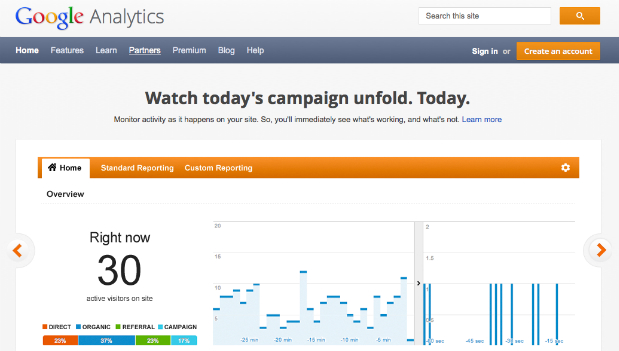
The name that has become synonymous with website data points and user tracking is easily Google Analytics. It's certainly not the only option on the market but, since so many people already have Google accounts, it's one of the most accessible. The company’s innovative Analytics Dashboard allows for daily tracking of user activity, based on metrics that range from the user's time on the site to their browser, operating system, location, and the pages they visited before they left. The site also monitors referral links and outbound clicks, giving website operators plenty of ways to correct their content and optimize their site further for greater conversion opportunities.
2. W3C's HTML Validation Tool

The World Wide Web Commission, or W3C, has long been the governing body for web standards around the world. The group is responsible for virtually every validated version of HTML, including today's gold standards of XHTML and HTML5. The W3C HTML Validation Tool helps users see potential validation errors that might cause browsers to render the sites differently across different installed systems. Each error is accompanied with a description that allows for a quick and easy fix, making it more intuitive to create standards-valid sites that render well no matter where they're viewed.
3. Spider Simulator

Ever wanted to see a website as a search engine's spider sees it? That's what the Spider Simulator permits. The site "crawls" a submitted URL and looks for errors, descriptors, content, and more. It produces the exact output that a typical search engine spider would produce behind the scenes at places like Google, Yahoo, or Bing.
4. The Feed Validation Service

Another optimization tool developed by the W3C, the organization's Feed Validation Service is concerned primarily with generating a standards-valid RSS or XML feed that will cater to those using an RSS reader. The feed is checked for proper syntax and proper use of XML tags, and any errors are accompanied with verbose content that makes it easy to fix them.
5. The Website Grader
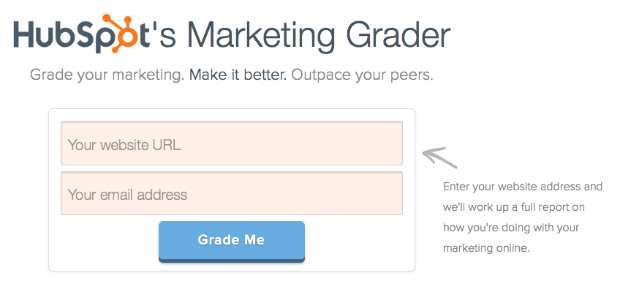
The Website Grader is an excellent way to see the big picture about how a website is performing and where further optimizations might be made to cater to Google's algorithms and ranking systems. The tool analyzes inbound links, Google-ranked pages, the site's traffic rank, and the last time it was crawled by Google's spiders. A grade is produced, along with input that can help site owners make optimization improvements over time.
6. Check My Colours
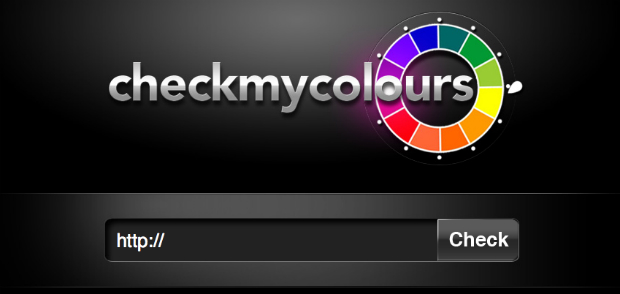
One of the most important aspects of a website's success is its overall design. Not only because attractive designs tend to captivate user attention a bit more effectively, but also because smart use of colors can make content easier to read for longer periods of time. That keeps more people on the site and it increases the likelihood that they'll stick around for quite a while and become a meaningful conversion statistic. Though many website designers stick to the basics when creating content, with black text, white backgrounds, and colorful accents, some are decidedly more bold. Check My Colours is dedicated to helping bold designs achieve great contrast and enhanced readability.
When a website owner submits their site's URL to the Check My Colours service, the entire site is examined by looking into its color codes and associated stylesheet. The site then produces an element-by-element listing of colors, contrast, and more. A green checkmark indicates great use of color and perfect contrast. A red "x" indicates opportunities for improvement so that content is easier to see and read.
7. PageSpeed Online
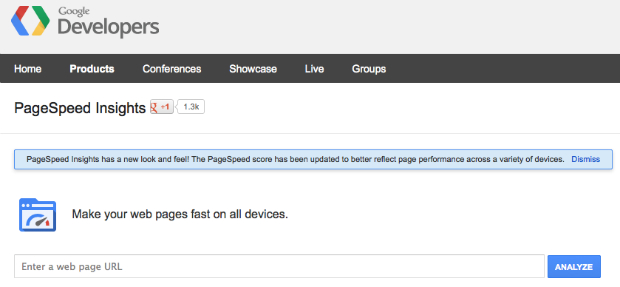
Recent updates to Google's page ranking algorithms cause it to value page speed more heavily than ever before. To test just how quickly a site loads, the company offers its PageSpeed Online tool. Simply submit the site's URL and wait for the tool to load it. The full time to load will be displayed, and it will be evaluated in terms of being great, not-so-great, or in dire need of improvement.
8. HTML Compressor
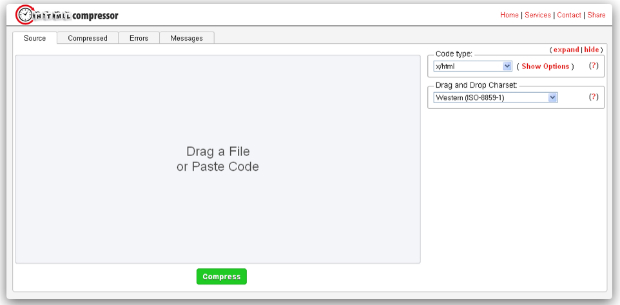
If a slow website is bringing down Google's spiders and causing the site's content to rank poorly, it might be because of extensive HTML that could be compressed into fewer lines of code. That's where HTML Compressor comes in. When users submit their site's HTML code, the service compresses it down as neatly as possible and dramatically reduces a page's file size.
9. Alexa
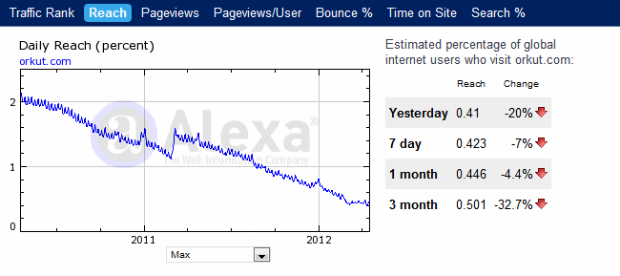
When it comes to breaking down a website's performance based on inbound links and overall traffic patterns, few sites offer as much information or as consistent an analysis as Alexa.com. The site could largely be considered the Internet's answer to Nielsen ratings, since its data relies on volunteers who install the company's browser toolbar and then browse the Internet as they would on any normal day. The site collects this anonymous data and translates it into website rankings, performance information, and all kinds of useful analytics that show real-world browsing patterns.
Though founded as an independent company in 1996, the site is now owned by Amazon.com and carries a significant amount of weight with website owners. Using information about inbound links, traffic numbers, and a website's traffic-based ranking against websites in its peer group, site owners can easily optimize their content and target specific metrics for improvement over time.
10. SEOWorkers Analysis Tool

Search engine optimization is the name of the game for websites that are looking to move up the ranks and make it to the first page of keyword-centric search results at major search engines like Google. The field is a bit complex for those new to the techniques of SEO, however, and it generally is a good idea for site owners to test their SEO tactics before going live. That's where the SEOWorkers Analysis Tool comes in. All of a site's content is scanned, as are its links and design elements. The tool then determines successes and failures, helping site owners amend their failures for better overall rankings.
11. Cynthia Says
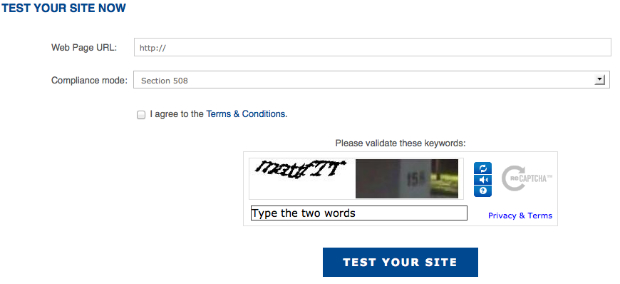
Accessibility in web design refers not only to how a site looks and feels for those who can read the content on their own, but also how it performs in conjunction with screen reading software and other accessibility tools that cater to disabled Internet users. Cynthia Says, a website accessibility validator, checks the page's XHTML elements to ensure that they're properly filled with descriptions and instructions for these pieces of software. If errors exist, verbose output allows website owners to learn exactly how to optimize their code for those who use accessibility settings and third-party aids.
12. Clicky
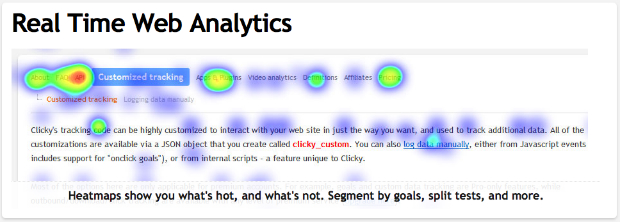
Clicky is a free website analytics tool that allows for real-time monitoring of visitors to the site. In addition to live traffic monitoring, the service also performs the virtually required data compiling routines that allow site owners to break users down into very small demographic slices.
13. Usabilla
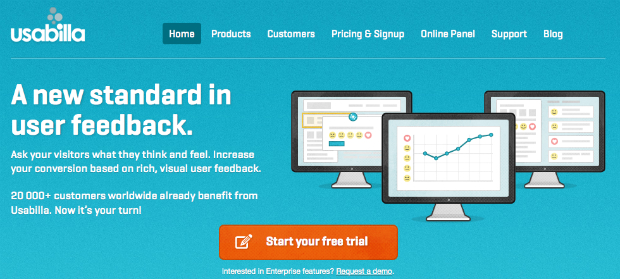
Sure, a site looks great, but can people actually use it? That's something that Usabilla is centrally concerned with. Registration is free and, after completing the registration process, users can submit their site for an extensive usability analysis. The site notes successes as well as failures, making it possible to enhance existing usability and correct flaws that might send users elsewhere.
14. Optimizely
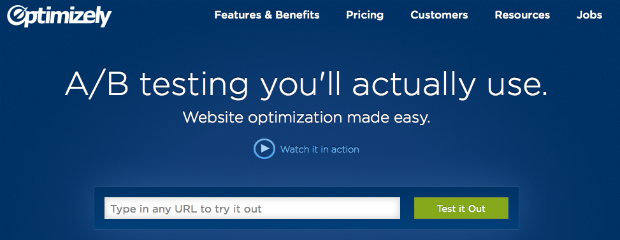
It should be no secret among serious e-commerce website operators that the key to strong conversion rates and healthy sales numbers is an excellent landing page. What might still be a secret among those in the industry is the proper method for ensuring that every image, link, and line of text is deliberately placed to maximize the landing page's effectiveness among a specific, targeted demographic group. The key to unlocking the mysteries to a successful landing page is usually A/B testing. The process compares two different versions of entire pages, or small segments within the page, to arrive at a conclusion about the most effective ways to reach and connect with customers. That's where Optimizely comes in.
The service, which offers three paid tiers of analysis based on website size and other needs, conducts A/B testing using its own servers and it delivers a full report to business owners about how their landing pages are performing. Code can be changed using Optimizely and those changes are reflected right away. The service immediately begins collecting "actionable" data for its users, which they can then use for further optimizations as the landing page's effectiveness increases. In use by big names from Fox News to the corporation behind the FICO score, Optimizely is serious about better conversions and more effective website content.
15. Crazy Egg

Want to get in side the heads of the site's users? Crazy Egg can do just that. The site monitors not only traditional analytics data, but also the exact time and location of all clicks made by a single user on the site. This can make it apparent where the site's hot spots are, as well as where its areas of opportunity are. Website owners can see whether or not they're effectively guiding users toward the right content, and they can make quick adjustments if necessary.
16. Hotjar
Hotjar is a web based analytics and feedback service. It offers you the ability to observe and understand the behaviour of the people who visit your website, and see the site through their eyes.
Hotjar records your visitors’ screens and movements as they traverse the pages of your site. Viewing these recordings provides indispensable insight into how each aspect of the website is received and enables you improve the experience for the next visitor - sometimes drastically!
Visitor activity can also be displayed as a Heatmap – allowing you to see at a glance what areas of the page have received the most attention (measured by mouse movement, clicking and scrolling). Conversion Funnels and Form Analysis also allow you to see where visitors are losing interest in your site.
Overall, Hotjar is a superb all-in-one service that will provide you with a huge amount of useful feedback about your website.
17. The Webpage Analyzer
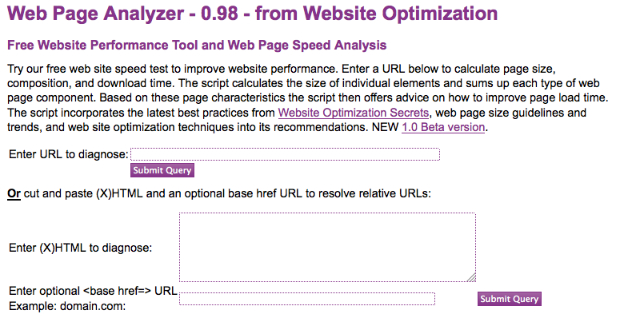
While many sites exist to check whether or not a site is sticking to W3C web standards, few exist to check whether or not its placement of objects and content is ideal for great usability. That's the goal of the Website Analyzer, which will go through every XHTML tag and, in conjunction with the site's CSS, determine whether or not its placement lives up the web's current standards or usability and overall accessibility. If there are errors found, they're marked in red and the site suggests fixes that will optimize the site's flow and make it more likely to generate a larger, more satisfied audience overall.
18. Robots.txt Syntax Checker

Perhaps the worst fate that can befall an aspirational website is a poorly written "robots.txt" document. With erroneous syntax or poor coding, this small text file can actually chase search engines away and block them from indexing the site's content properly. That means lower overall rankings across the board at major names like Google, Yahoo, and Bing, and it could even impact how the site appears on index and ratings sites like Alexa and Technorati. By entering the file's text and checking it with this validator, website owners make sure that search engines can find, index, rank, and promote the site properly.
19. Piwik
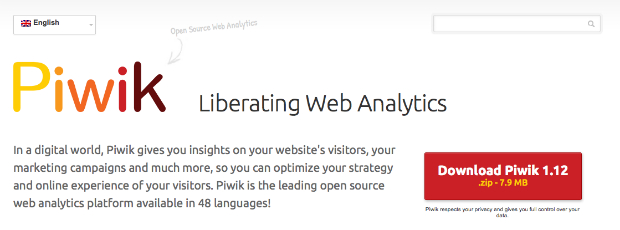
Though the conventional wisdom is that Google Analytics is the only game in town when it comes to analyzing website traffic and making the most of each hit or demographic group, Piwik is proving that not to be the case. The website, which came along after Google Analytics, promotes itself as the web's leading, free analytics software for today's e-commerce entrepreneurs and web developers. To that end, Piwik offers more than 500 features that are contained in a slick, well designed Dashboard that just might be more intuitive to navigate than Google's own offering.
Users of Piwik can break their visitors down by browser, operating system, and country. They can analyze bounce rates and look at where visitors went after they landed on a given page within the website's hierarchy. Furthermore, they can leverage Piwik to analyze their visitors in real-time, a future that Google Analytics simply doesn't offer to its users. In addition to its more than 500 current features, the company promises updates to the software each month that continually extend the Dashboard's functionally. A public "Roadmap to Piwik 2.0" is posted for all to see, so they know exactly when updates will arrive and what they'll contain.
20. CSS Validator

the W3C's CSS validator can handle all current versions of CSS, including the innovative new CSS 3.0 standard worked on by the company over the course of nearly a decade. The service will not only check for syntax errors and other problems, but also produce a list of warnings that concerns elements using experimental code or non-standard ways of producing effects like drop shadows, rounded corners, and more. Sites with valid CSS get access to a "Valid" button that they can easily share in their existing design, bragging a bit that they've fallen in line with W3C design standards from top to bottom.
With Website Optimization Tools, Success is Decidedly Easier to Achieve
In the early days of web design, site owners had to experiment with everything from site design to links and more. There were few standards, if any, and it was hard to judge just how well a site was doing among its intended audience. After decades of development, today's designers and site operators benefit from tools that can investigate web standards, ensure better color contrast, and analyze each visitors behaviors on the website. That means a better chance at success, both in terms of great design and in terms of a growing audience. It's simply never been easier to rise to the big leagues online.














Elano, 27 July, 2016
Amazing article! Thank you so much for sharing.
DbaiG, 13 September, 2013
Very informative post! You rightly said that all the website owners need to make sure that it will pay off in the end. I hope these are the most coveted tools that can be used for SEO analysis. Thanks David for presenting such a detailed and helpful content that is a guide for me!
DbaiG